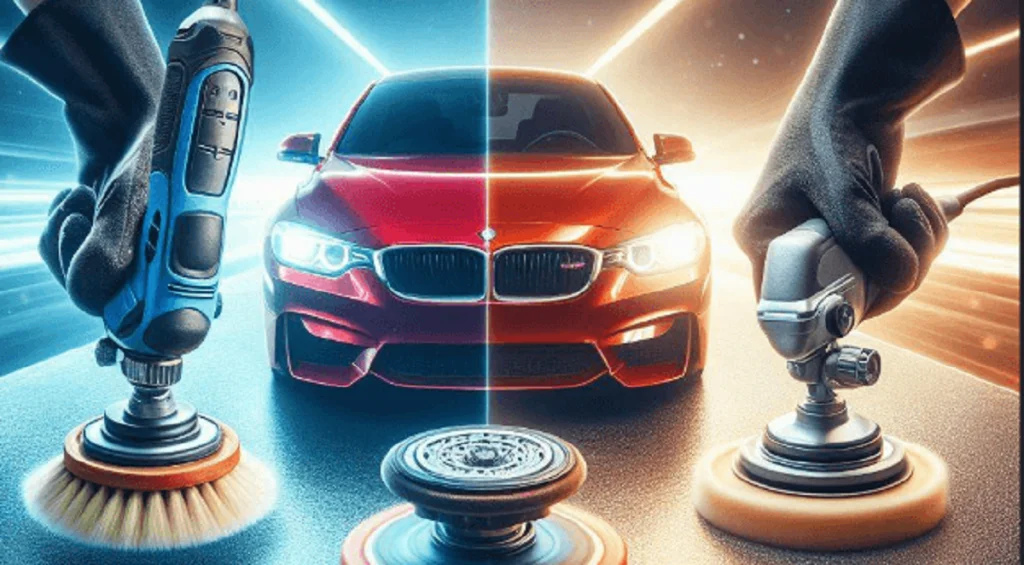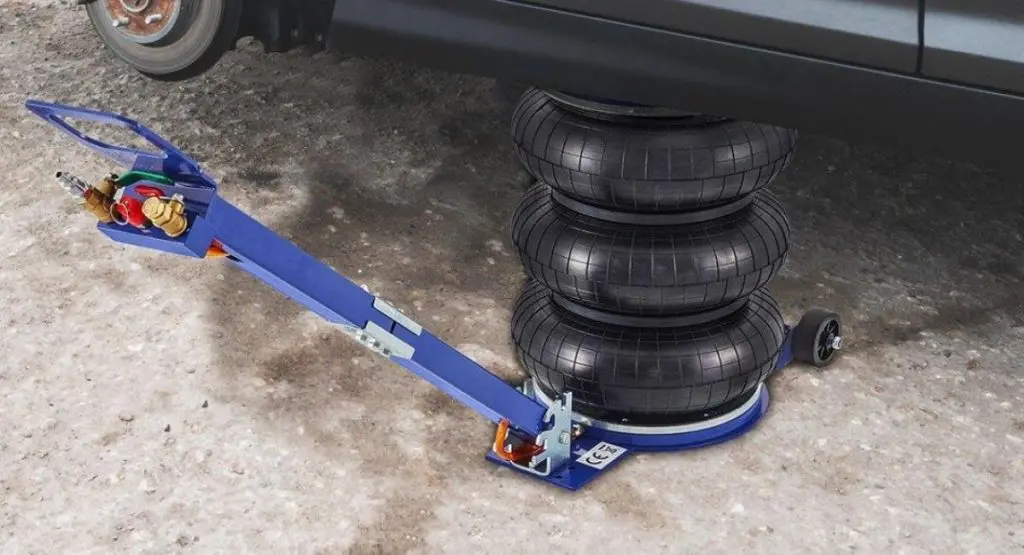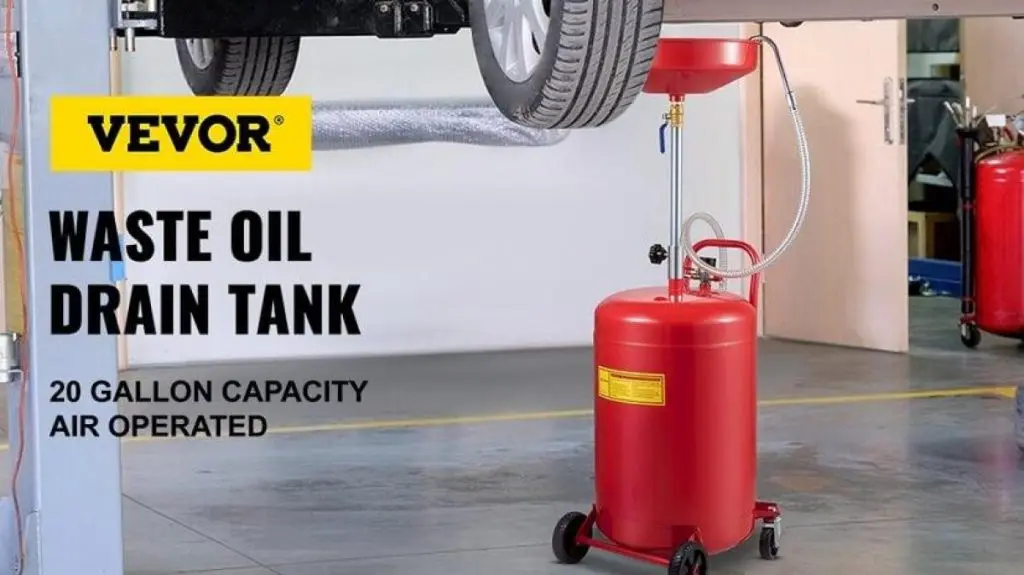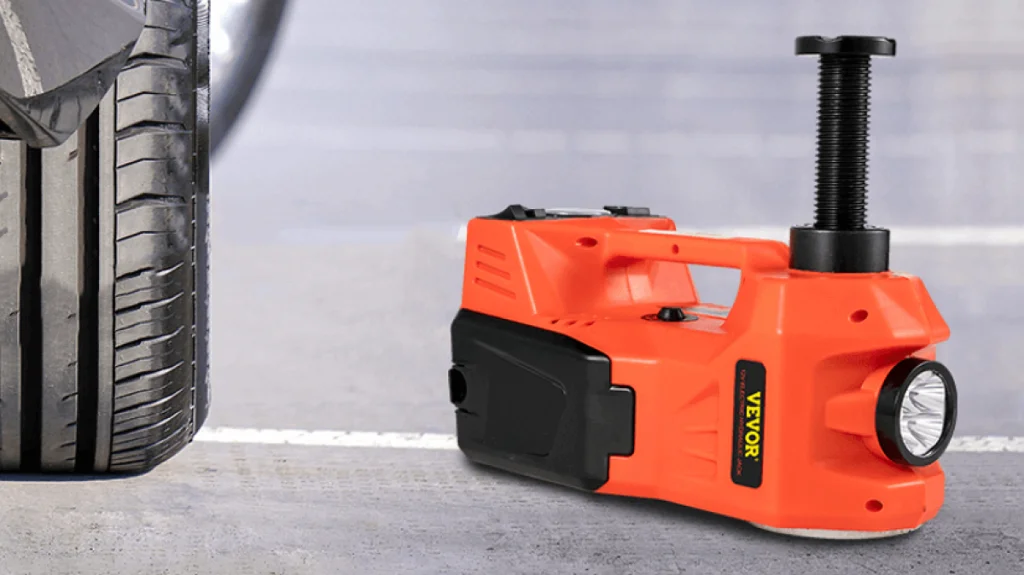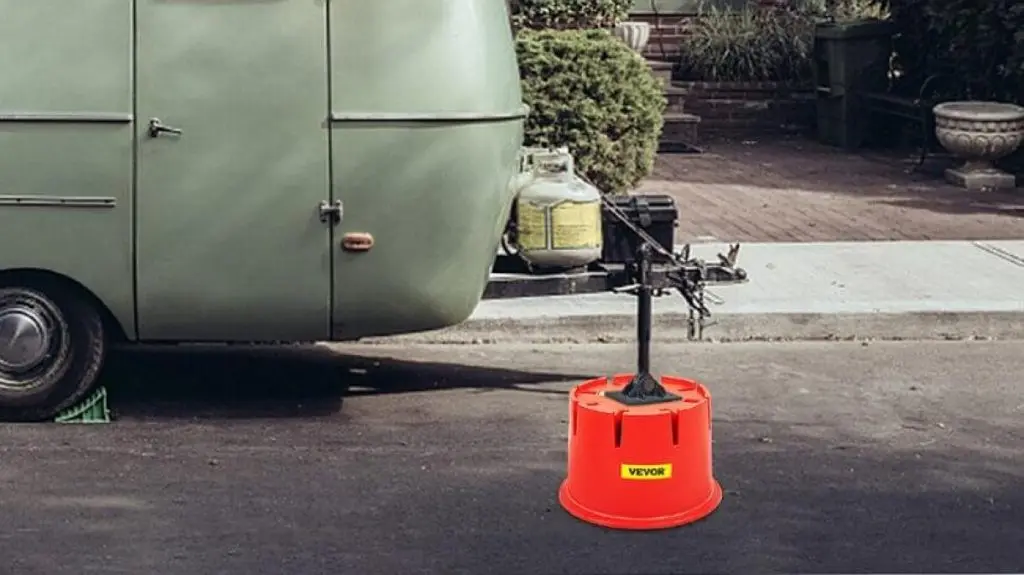Every car enthusiast knows that a well-maintained car doesn’t just run smoothly; it shines brilliantly. But achieving that showroom gleam can be puzzling when faced with the decision: buffer or polisher? While both are vital to maintaining a vehicle’s shine, their functions differ significantly. This article will explore each tool’s nuances, helping you discern which is a worthy addition to your auto-care arsenal.
Table of contents
Understanding the Basics
What is a Buffer?
A buffer—it sounds technical, but it’s essentially a trusty sidekick for anyone passionate about car maintenance. The magic wand wipes away those pesky little scratches, swirl marks, and the dullness caused by the sun’s kiss, transforming your car into a shiny chariot ready to turn heads.
There are a few types of buffers, each with its unique touch:
- The Rotary Buffer: It’s the seasoned artist of the group, whirling around in a merry dance to buff away the deepest of scratches. But beware, it’s a tool that demands respect and skill, like a spirited stallion. In the wrong hands, it might do more harm than good.
- The Dual-Action (DA) Buffer: This one’s the friendlier cousin—it oscillates and rotates, jiving in a less intimidating way. It’s perfect for both newcomers to the detailing world and the pros. Consider it your go-to for getting out those light blemishes without breaking a sweat.
- The Random Orbital Buffer: Think of this as the gentlest soul of the bunch, moving in whimsical, random patterns. It’s a soft touch for your car, perfect for a final flourish of wax or a light touch-up to make your car’s coat gleam.
What is a Polisher?
A polisher is a tool used in auto detailing to apply polish or compound to a vehicle’s surface to restore or enhance its appearance. Refrain from mixing it up with the buffer; the polisher is the buffer’s detail-oriented sibling, more focused on refining and perfecting rather than just applying.
Here’s the scoop on polishers:
- The Rotary Polisher: It shares the rotary buffer’s DNA, but it’s all about finesse and finishing touches. Like an experienced potter smoothing clay on a wheel, it requires someone with a steady hand and an eye for perfection.
- The Dual-Action (DA) Polisher: The DA polisher balances circular motions with an understanding touch, like a gardener pruning a beloved rose bush meticulously and with lots of care.
- The Forced Rotation Polisher: Imagine a superhero—it’s got the muscle of the rotary but with the grace of the DA. This polisher is for those seeking more oomph to tackle those stricter spots without going overboard.
Choosing the right tool is like selecting the right paintbrush—it can elevate your car’s appearance from simply “clean” to a “masterpiece.” Just like artists need practice, buffers and polishers require patience and training, too. With the right approach, you’ll not just see the difference—you’ll feel it every time you slide across the hood with your hand, not a fingerprint in sight, just a smooth sea of polished perfection.
Key Features of Both Tools
Buffers and polishers are essential tools in car maintenance and auto detailing, each with features that contribute to their effectiveness and usability.
Buffers
When you’re eyeing that gleaming, sleek auto detailing shop window, you’re admiring the dance of buffers across those shiny surfaces. These power tools don’t just come in one-size-fits-all; they’re as diverse as the cars they polish.
Size
Size matters, but it’s all about matching it to your needs. For the driveway warriors armed with determination and a small hatchback, a compact buffer is your new best friend. It’s handy and easy to handle, and your arms will thank you later. But bigger buffers take the stage if you’re in it for the long haul and you’ve got a whole fleet to finesse. They scale up the challenge by covering more territory with less effort.
Power Source
The heart of a buffer is its power source. Much like how some of us thrive on a double espresso, and others prefer the steady energy of green tea, buffers come in two power varieties. You’ve got the electric ones—hassle-free, plug-and-play—and their all-day stamina is grand for garage hobbyists and pros alike. But then, there’s the pneumatic clan; they’re the old reliable powered by air compressors. The pros prefer the marathon runners, who are less about flash and more about endurance.
Speed Variations
Now, for the daredevils and the meticulous perfectionists: speed variations. Need to erase a sour memory off your hood with some heavy-duty correction? Crank up that speed. But if it’s time for a gentle waltz with some wax, lower speeds set the perfect rhythm. This isn’t just a knob; it’s a wand that gives you the power to customize your car’s spa day.
Polishers
Have you ever watched a painter delicately yet intentionally stroke the canvas with their brush? That’s a polisher in the hands of someone eager to make a car’s paint pop.
Ergonomic Designs
Hold a polisher for hours, and you’ll either feel like you wrestled a bear or forget it’s even in your hands—it all comes down to design. With contours that fit just right and grips that feel like a handshake from an old friend, modern polishers are sculpted for comfort. Adjustable handles aren’t mere accessories; they’re sabers that give you the control to buff even the shy nooks and crannies without breaking a sweat.
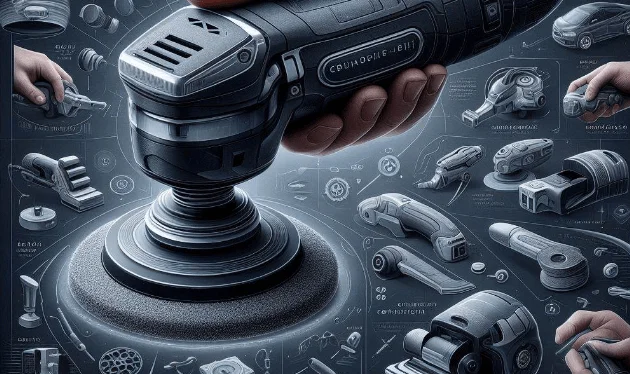
Variable Speeds
Variable speeds on a polisher are like spices in a stew—they can elevate something good to something great. Whether it’s delicate detail work warranting a soft touch or a sturdy, vigorous buff, having control over speed is like having the secret recipe to a perfect finish every single time.
Dual-Action Capabilities
Imagine a tool that spins and orbits all at once—yes, that’s the magic of dual-action polishers. They’re the gentle giants in the detailing world, offering a harmony of movements that kiss goodbye to the cruel reality of swirl marks. If you’re new to this or even the seasoned polisher looking to impose a minimum footprint on the finish, the dual-action feature is your safety net. It ensures every pass brings you closer to a reflection so deep you might fall in.
Ultimately, it’s not just about having the right tools—it’s about the stories they help you tell. Every polished curve, each gleaming panel, encapsulates care, precision, and a touch of personal pride. Whether reviving an old friend or prepping a showroom star, the symphony of VEVOR buffers and polishers is a testament to craftsmanship in motion.
Choosing the Right Tool for Your Needs
Selecting between a buffer and a polisher depends on various factors, including your car’s condition, your level of experience and comfort with the tool, and the cost implications involved.
Assessing Your Car’s Condition
Before deciding whether to use a buffer or a polisher, assess your car’s condition:
| Assessment Criteria | Buffer | Polisher |
| Condition of the Car | Ideal for cars with noticeable scratches, swirl marks, or oxidation requiring heavier correction work. | Suitable for cars with minor imperfections or in relatively good condition, suitable for light to moderate correction work. |
| Types of Imperfections | Effective at removing deep scratches, swirl marks, and oxidation. | Suitable for removing light to moderate defects and enhancing gloss and shine. |
| Level of Correction Needed | Ideal for older or neglected vehicles with significant paint damage. | Ideal for maintaining newer vehicles or performing regular detailing to keep the paint in optimal condition. |
| Recommended Usage | Recommended when significant correction work is required to restore the car’s paint finish. | Recommended for regular maintenance and touch-ups to keep the car looking its best. |
| Use Cases | Best suited for professional detailers or enthusiasts experienced in paint correction techniques. | Suitable for users of all skill levels, including beginners, due to their gentler and safer operation. |
| Risk of Paint Damage | Requires careful technique and skill to avoid burning through the paint or leaving swirl marks. | Minimizes the risk of paint damage due to their gentler polishing action, making them more forgiving for inexperienced users. |
| Versatility | Versatile tool capable of handling heavy correction work on various types of paint surfaces. | Versatile tool suitable for maintaining the paint finish on newer vehicles and performing regular detailing tasks. |
| Long-term Paint Health | Can contribute to restoring the paint to its original condition and improving its longevity with proper care and maintenance. | Helps maintain the paint in optimal condition, reducing the need for extensive correction treatments in the future. |
| Additional Considerations | Requires appropriate pad and product selection, as well as proper technique to achieve optimal results without damaging the paint. | Requires selecting the appropriate pad and polish for the desired level of correction, but is generally safer and more forgiving to use. |
Usage and Handling
Consider the following factors regarding the usage and handling of buffers and polishers:
Learning Curve
Buffers typically have a steeper learning curve due to their higher power and potential for causing damage if not used correctly. Beginners may need more practice and supervision to master buffer techniques.
Polishers, especially dual-action models, have a gentler learning curve and are generally more forgiving, making them suitable for novice detailers.
Ease of Use
Buffers require careful handling and technique to avoid burning through the paint or leaving behind swirl marks. Proper pad selection and technique are crucial for achieving optimal results.
Polishers are more user-friendly, with dual-action models offering a safer and easier polishing experience. They are designed to minimize the risk of paint damage and are suitable for users of all skill levels.
Safety Tips
- Always wear appropriate safety gear, such as eye protection and gloves, when using buffers or polishers.
- Start with the lowest speed setting and gradually increase to avoid overheating the paint or causing damage.
- Keep the buffer or polisher moving at all times to prevent heat buildup and ensure even product distribution.
Cost Implications
Consider the following cost implications when choosing between a buffer and a polisher:
Initial Investment vs. Long-term Value
Buffers generally have a higher initial investment cost than polishers, especially professional-grade rotary buffers.
However, polishers may offer better long-term value due to their versatility and lower risk of paint damage, potentially reducing the need for expensive paint correction treatments in the future.
Additional Costs
- Both buffers and polishers require additional expenses for accessories such as pads, polishes, and compounds.
- Buffers may require more frequent pad replacements due to the higher friction and heat generated during use.
- Polishers typically have lower ongoing costs as they are gentler on pads and require less frequent replacement.
DIY Tips for Beginners
Using buffers and polishers effectively as a beginner requires mastering basic techniques and implementing proper maintenance practices to ensure the tools’ longevity and optimal performance.
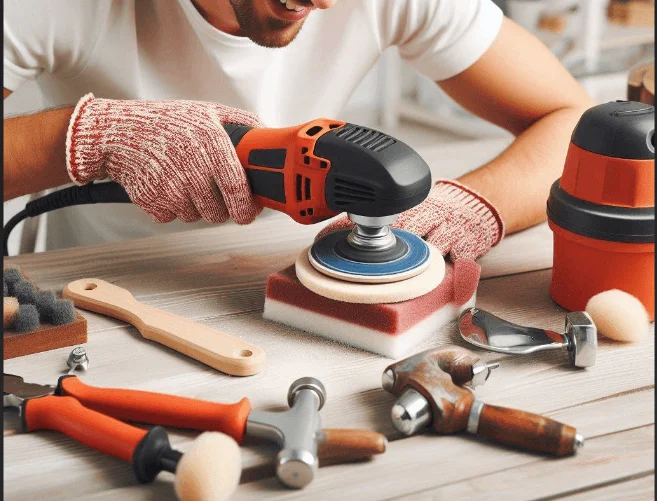
Start Slow
- Begin by familiarizing yourself with the tool’s controls and settings.
- Start at a low-speed setting, especially if using a buffer, to avoid damaging the paint surface.
Proper Pad Selection
- Choose the appropriate pad for the task at hand. Cutting pads are used for heavy correction work, and softer finishing pads are used for applying polish or wax.
- Ensure the pad is clean and debris-free before attaching it to the tool.
Even Pressure and Motion
- Apply consistent and even pressure while using the buffer or polisher.
- Keep the tool moving to prevent heat buildup and uneven product application.
- Avoid applying excessive pressure, leading to swirl marks or paint damage.
Overlap Passes
- Make overlapping passes with the buffer or polisher to ensure uniform coverage and consistent results.
- Overlapping the passes by 50% helps avoid missing spots and ensures thorough correction or polishing.
Work in Sections
- Divide the vehicle into manageable sections and work on one section at a time.
- This approach helps maintain control and allows you to focus on achieving the desired results without rushing.
Maintenance Tips to Extend Tool Lifespan
Clean After Each Use
- Thoroughly clean the buffer or polisher after each use to remove polish residue, dust, and debris.
- Use a brush or compressed air to clean hard-to-reach areas and vents.
Inspect and Lubricate Moving Parts
- Regularly inspect the tool for wear or damage, such as frayed cords or worn-out pads.
- Lubricate moving parts, such as the spindle or bearings, according to the manufacturer’s recommendations to ensure smooth operation.
Store Properly
- Store the buffer or polisher in a clean, dry area away from moisture and direct sunlight.
- Use a carrying case or storage bag to protect the tool from dust and scratches when not in use.
Replace Worn-out Parts
- Replace worn-out pads, backing plates, or other accessories as needed to maintain optimal performance.
- Using worn-out or damaged parts can affect the tool’s effectiveness and potentially damage the vehicle’s paint.
Final Words
Master car care with the right tools! Discover whether a buffer or polisher is best for your vehicle’s shine. Shop the latest VEVOR polishers and buffers now for a gleaming finish. Whether you’re a seasoned pro or a DIY enthusiast, this guide breaks down the differences between buffers and polishers, helping you make an informed decision for your car care needs. From understanding the basics to choosing the right tool and mastering essential techniques, we’ve got you covered. Elevate your car’s appearance and maintain its showroom shine with VEVOR‘s quality tools and expert tips.

